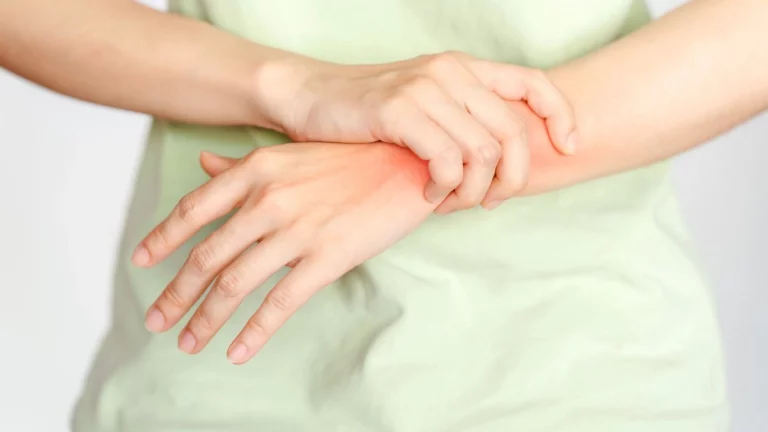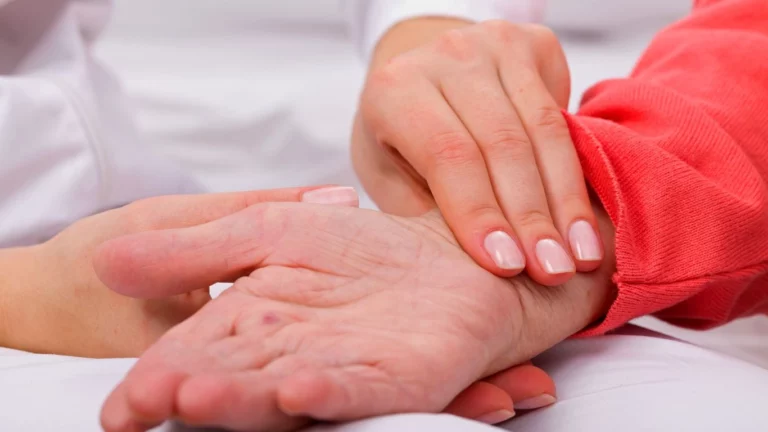Best Travel Tips for Rheumatoid Arthritis Sufferers That Truly Work
If you’re living with rheumatoid arthritis and dreaming of that next big trip, I see you. As a rheumatology nurse practitioner who’s also caught the travel bug, I’ve seen firsthand how RA can make the idea of traveling feel more stressful than exciting. But here’s the thing—traveling *with* RA is absolutely possible, and with the right planning, it can even be enjoyable. Over the years, both through my patients and my own journeys, I’ve picked up some of the best travel tips for rheumatoid arthritis sufferers that actually work in real life. And I’m not talking about generic advice like “stay hydrated” (though yes, please do that too). I’m talking real-world, tested advice—because joint flares don’t care if you’re at the airport or exploring the streets of Rome.
Travel Doesn’t Have to Hurt: Smart Planning for RA

Start With Your Rheumatologist (Seriously, Don’t Skip This)
Before you book anything, check in with your rheumatology team. Not just to get your meds squared away (although yes, that’s critical), but to go over your current disease activity. If you’re on biologics or immunosuppressants, you’ll want to talk about timing around injections or infusions, especially for long trips. I’ve had patients who needed a dose shift or even a medication bridge before travel—and trust me, those little tweaks can make or break your trip comfort-wise.
Think Accessibility First, Not Last
One of the most important lessons I’ve learned (and seen patients learn the hard way) is to prioritize accessibility from the start. That charming historic hotel with no elevator and cobblestone streets out front? Not so charming when your knees are screaming. Look for:
- Hotels with elevators, walk-in showers, and rooms near elevators
- Transportation options with seating and low boarding steps
- Destinations known for walkability and smooth terrain
When I visited Lisbon, I made the mistake of underestimating how hilly it was—lesson learned! Now, I call ahead, email properties, and double-check accessibility features before I hit “book.”
Pack Like a Pro: Essentials for RA-Friendly Travel

Medication First, Always
This probably seems obvious, but you’d be surprised how many people toss their meds in a checked bag—big no-no. Keep your medications in your carry-on, clearly labeled, along with a note from your doctor explaining your prescriptions (especially if you’re traveling internationally). Don’t forget your sharps disposal plan if you’re injecting on the road. I usually recommend a small, travel-sized sharps container—easily found online.
Comfort Tools You Didn’t Know You Needed
These are items I *never* leave home without:
- Compression gloves – Perfect for flights or chilly nights
- Neck pillow and lumbar support – Trust me, airplane seats are not RA-friendly
- Mini heating pad (USB-powered) – Game changer for hotel rooms
- Foldable cane or walking stick – Especially helpful if you’re walking long distances or need stability
I remember one trip where I forgot my compression gloves and regretted it the entire flight to New York. My hands swelled like balloons mid-air. Never again!
Staying Active Without Overdoing It
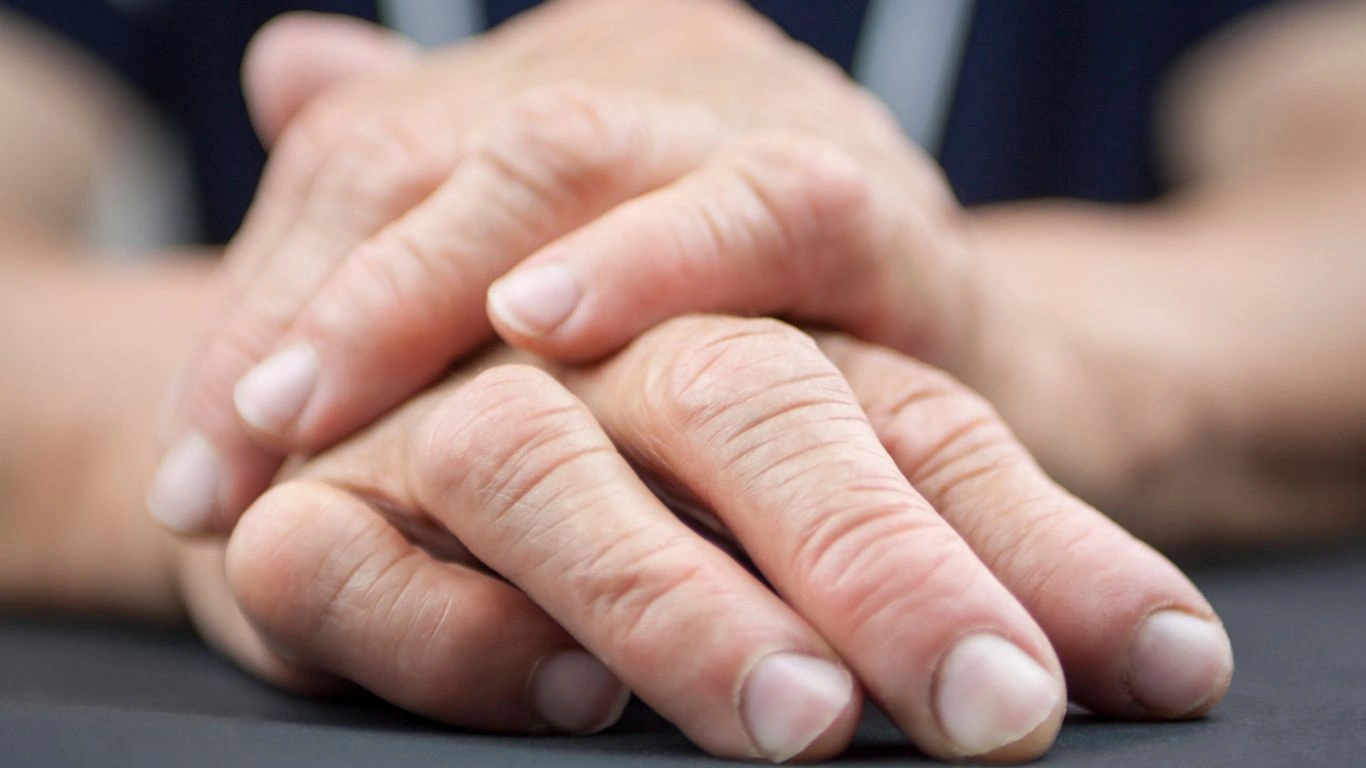
Move, But Mindfully
You know your body better than anyone, and the reality is: RA joints don’t like to sit still for too long. Long flights, bus rides, or car trips can leave you stiff, swollen, and aching. Get up and stretch every hour if you can. Do gentle ankle rolls, shoulder shrugs, and neck stretches. If you’re driving, build in extra breaks—your joints will thank you.
Choose Gentle Adventures
Travel doesn’t always mean scaling mountains or 20k steps a day. Some of the most fulfilling travel experiences I’ve had involved:
- Slow museum walks with lots of benches
- Seated food tours (yes, they exist!)
- Sunset cruises or scenic train rides
It’s not about doing less—it’s about doing what feels right. And trust me, there is so much joy in RA-friendly travel when you plan it on your terms.
Hydration, Nutrition, and Time Zones: Fueling Your RA-Friendly Travel

Hydration Isn’t Just for Desert Travel
I know, I know—every wellness blog beats the hydration drum, but hear me out. When you have RA, dehydration can be a real flare trigger. Whether you’re flying, sightseeing, or just switching climates, your body’s inflammation levels can spike faster than you’d expect. I always carry a collapsible water bottle with me and aim to sip consistently—not chug once I’m already feeling thirsty. Pro tip: set reminders on your phone, because time moves differently when you’re out of your routine (hello, travel brain).
Eat Smart Without Being the “High Maintenance” Traveler
Anti-inflammatory eating on the road doesn’t have to be a buzzkill. I’ve found that a little prep work goes a long way. I’ll scope out menus online ahead of time or pack protein-rich snacks that won’t flare me up mid-hike or between flights. Some easy go-tos:
- Almonds or walnuts (great omega-3s)
- Protein bars with minimal sugar and clean ingredients
- Oatmeal packets (just add hot water in your hotel room)
When I traveled to Greece, I was amazed by how many traditional dishes were naturally anti-inflammatory—lots of veggies, olive oil, fish. Traveling doesn’t have to derail your nutrition; sometimes it enhances it if you lean into the local, whole-food culture.
Time Zones and Medication Timing
This one trips people up a lot—especially with biologics, corticosteroids, or DMARDs that need to be taken on a strict schedule. When you cross time zones, it’s easy to either double-dose or completely forget a dose. I recommend using a world clock app and syncing your medication schedule before you board your flight. Even better, write it out. I’ve helped several patients create travel med calendars that align their dosing with new local times—keeping things simple and avoiding the guesswork.
Managing Flares on the Go
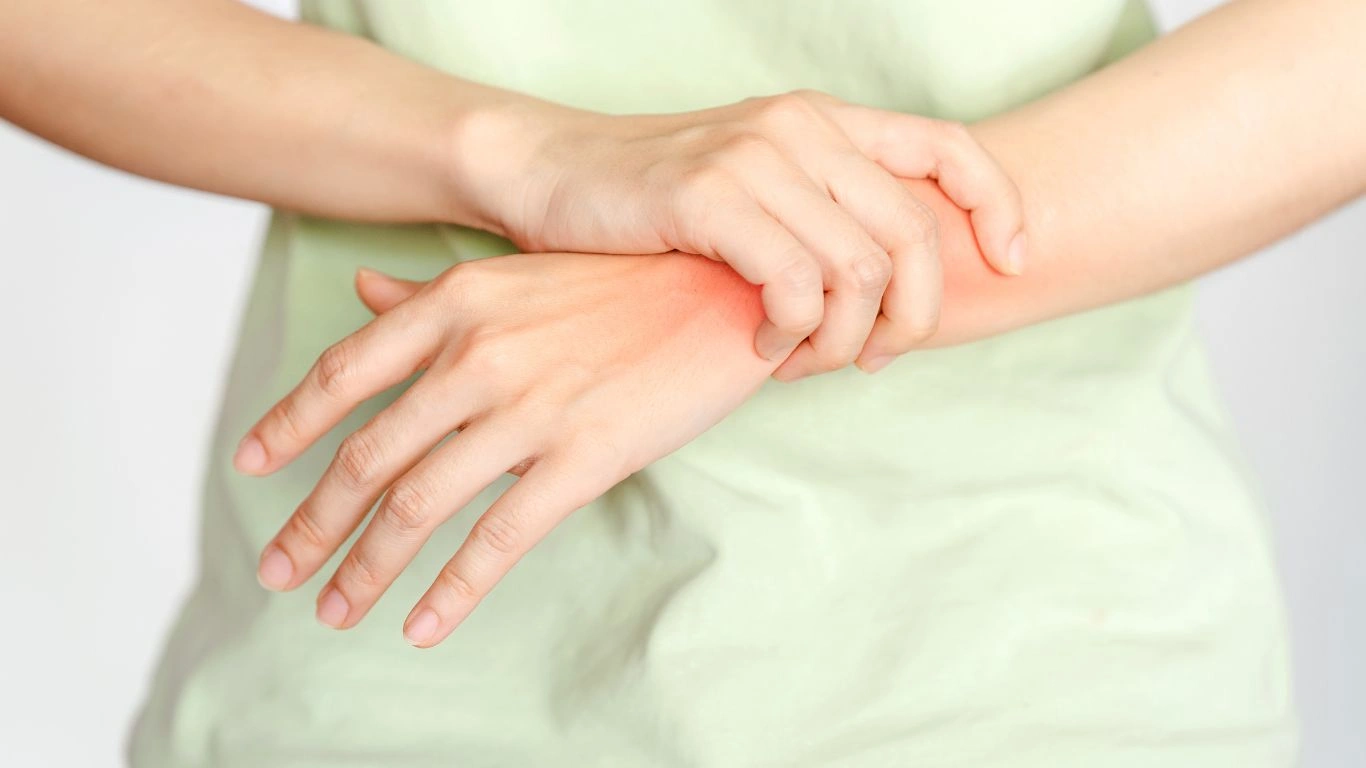
Know Your Early Warning Signs
RA flares rarely come out of nowhere. Most of us get little warning signs—fatigue that hits hard, joint stiffness creeping in, or that familiar dull ache. When I start feeling it, I slow down immediately. It’s not weakness; it’s being smart. I always tell my patients, “listen to the whispers before they become screams.”
Build Buffer Days into Your Itinerary
This has been a game-changer for me. I used to cram my trips with back-to-back activities. Now, I schedule buffer days—or even buffer afternoons—where nothing is planned. That way, if I need rest or a longer morning in bed, I’m not cancelling anything. And if I’m feeling great? I use that time for spontaneous adventures or local cafés. Win-win.
Your “Just in Case” Flare Kit
I travel with a mini flare management kit that fits in my backpack or day bag. Here’s what’s usually inside:
- NSAIDs or prescribed flare meds (with a doctor’s note, especially abroad)
- Instant cold packs
- Topical pain relief cream or patches
- Compression sleeves or braces for the joints that tend to flare
Once, while walking through Montmartre in Paris, I had a sudden ankle flare. I was able to wrap it, take my med, and still enjoy dinner at a lovely café nearby—because I was prepared.
Getting the Right Travel Insurance and Medical Info
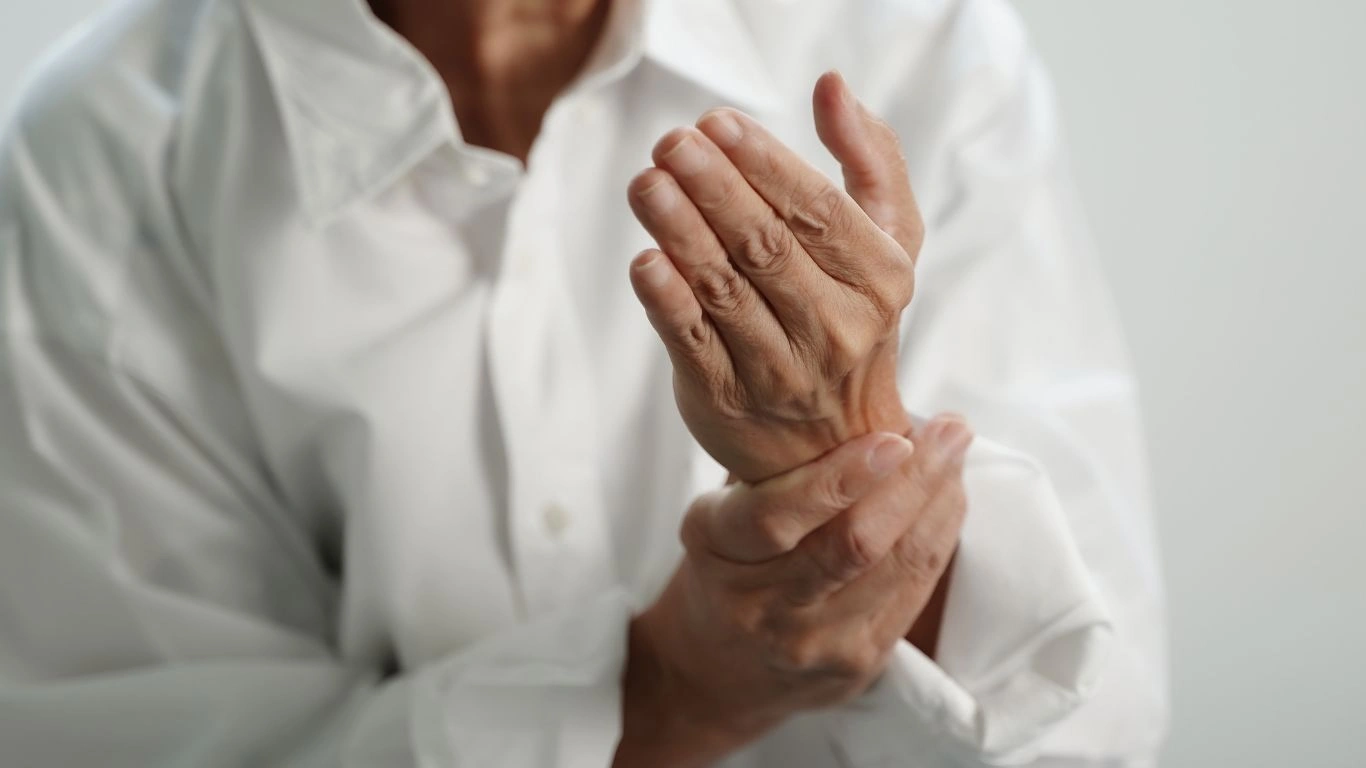
Don’t Skip Travel Insurance (Seriously)
Travel insurance isn’t just for missed flights or lost luggage. When you have RA, it’s your safety net. Look for policies that cover pre-existing conditions, include emergency medical evacuation, and offer 24/7 telehealth access. I had a patient who developed a serious flare while hiking in South America. Because they had good coverage, they were airlifted to a local clinic and didn’t pay a dime out of pocket. Peace of mind is priceless.
Keep a Medical Cheat Sheet Handy
I always carry a small laminated card that includes:
- My medications and doses
- Allergies
- My rheumatologist’s contact info
- A brief description of RA in the local language (thank you, Google Translate!)
This is especially helpful in non-English speaking countries. It’s one of those things you may never need—but if you do, you’ll be glad it’s in your wallet.
Realistic Itineraries: Pacing and Prioritizing with RA in Mind
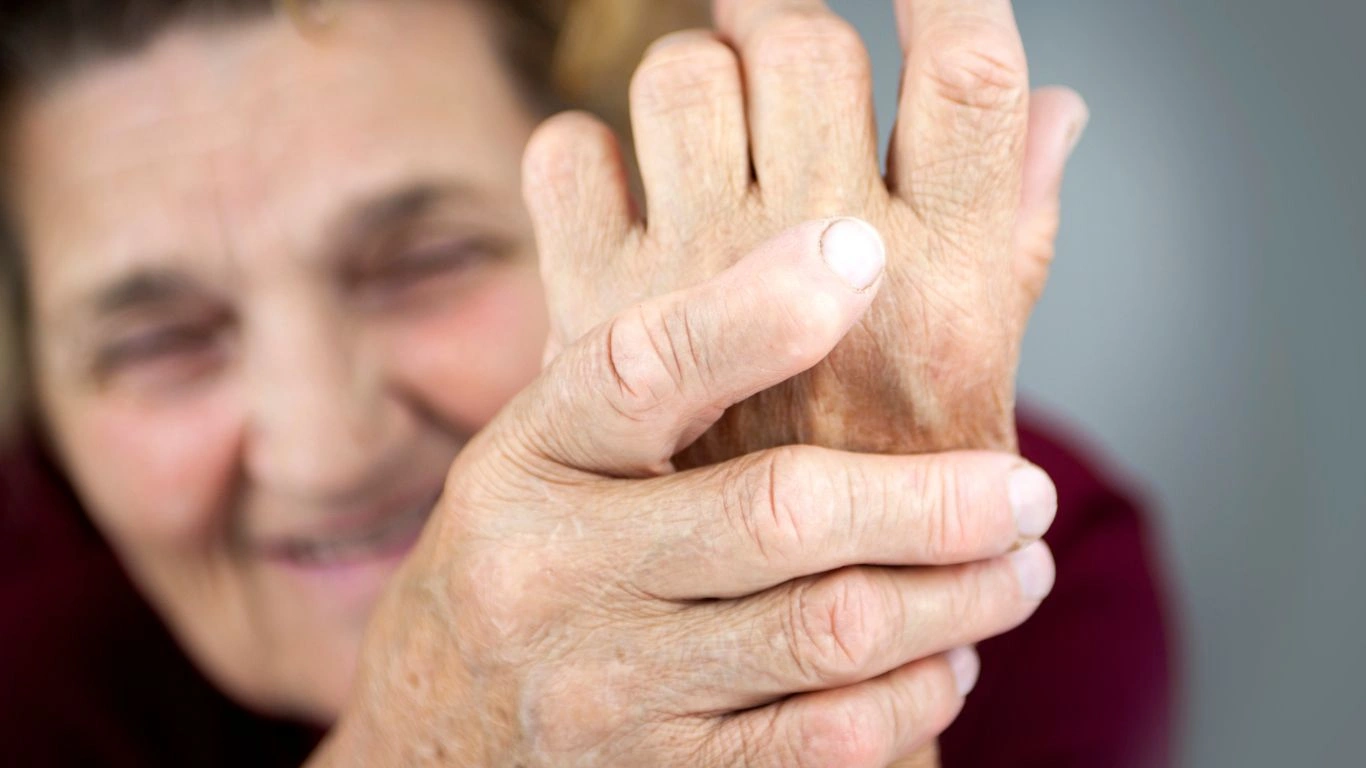
Slow Travel is Smart Travel
Here’s a truth I wish more people with RA embraced sooner: you don’t have to do it all to have an amazing trip. In fact, cramming in too much is a surefire way to trigger a flare. I used to try to fit five museums, a food tour, and a river cruise into one weekend—and then wonder why I could barely move by Monday. Now, I space things out. I choose one or two main activities per day and leave the rest flexible.
This slower pace actually deepens the experience. You get to soak things in, enjoy a long lunch without guilt, and even take that mid-day nap if your joints demand it. I always remind patients that rest is not wasted time—it’s essential recovery.
Plan for the “What Ifs” (Without Stressing About Them)
No one likes to imagine things going wrong, but having a basic backup plan makes the whole trip more relaxing. I like to map out:
- Nearby pharmacies or urgent care clinics near my hotel
- RA-friendly restaurants with anti-inflammatory options
- Public transport options in case walking becomes painful
In Florence, I once had to skip a long walking tour, but because I’d already noted a charming café and small garden nearby, I was able to pivot and still enjoy a beautiful, pain-free morning. The key isn’t perfection—it’s preparation.
Mindset Shifts That Make Travel with RA More Joyful
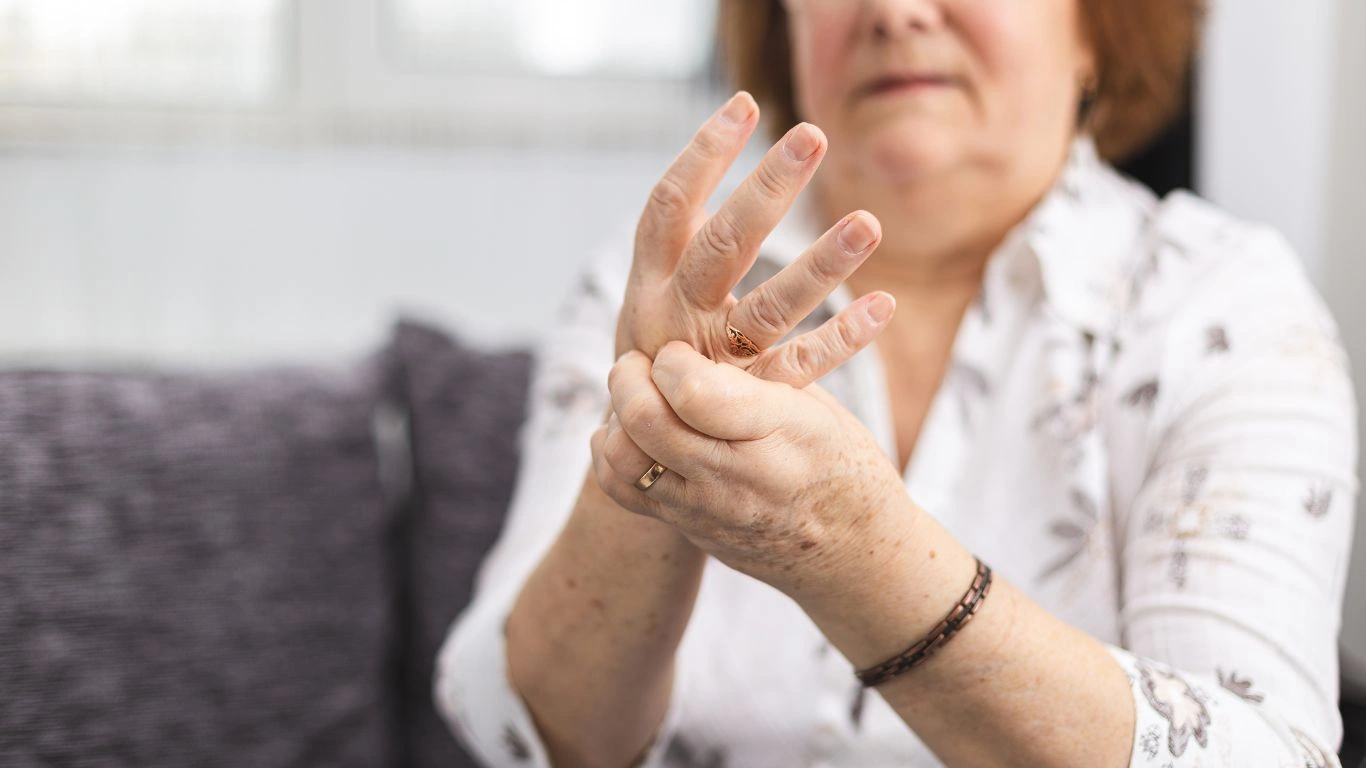
Trade FOMO for JOMO
You’ve probably heard of FOMO (fear of missing out), but let me introduce you to JOMO: the joy of missing out. RA forces us to slow down, yes—but that can be a gift. You notice more. You’re not rushing from place to place snapping photos just for the ‘gram. You’re fully in it—feeling the breeze, tasting that local dish, people-watching in the square.
One of my most memorable days in Prague? I skipped a tour and journaled from a riverside bench, sketching boats and sipping tea. Total RA win, zero regrets.
Celebrate the Wins, However Small
Did you make it through a travel day without flaring? Celebrate. Did you walk two miles in a new city with just a little stiffness? Celebrate. Even packing and arriving safely is a win. I often remind my patients—and myself—that living and traveling well with RA is an act of resilience. Every step is proof that you’re adapting and thriving, not just surviving.
Let People Help (Even Strangers!)
This one took me a while to learn, but it’s huge: you don’t have to do it all alone. Use the wheelchair service at the airport if you need it. Ask the hotel concierge for help with bags. Accept that arm when someone offers to help you up a tricky step. People are often more kind than we expect, and allowing support doesn’t make you less independent—it makes travel more doable.
References
Disclaimer
This article is for informational purposes only and is not intended to replace professional medical advice, diagnosis, or treatment. Always consult with your healthcare provider before making any changes to your medications, travel plans, or lifestyle—especially if you’re managing a chronic condition like rheumatoid arthritis. As a rheumatology nurse practitioner, I’m sharing general tips and personal experiences, not individual medical guidance.

Tarra Nugroho is a dedicated Nurse Practitioner with a strong foundation in family and preventive care. She brings both compassion and clinical expertise to her practice, focusing on patient-centered care and health education. As a contributor to Healthusias.com, Tarra translates medical knowledge into clear, empowering articles on topics like women’s health, chronic disease management, and lifestyle medicine. Her mission is simple: help people feel seen, heard, and informed—both in the clinic and through the content she creates. When she’s not caring for patients, Tarra enjoys weekend hikes, plant-based cooking, and curling up with a good health podcast.


